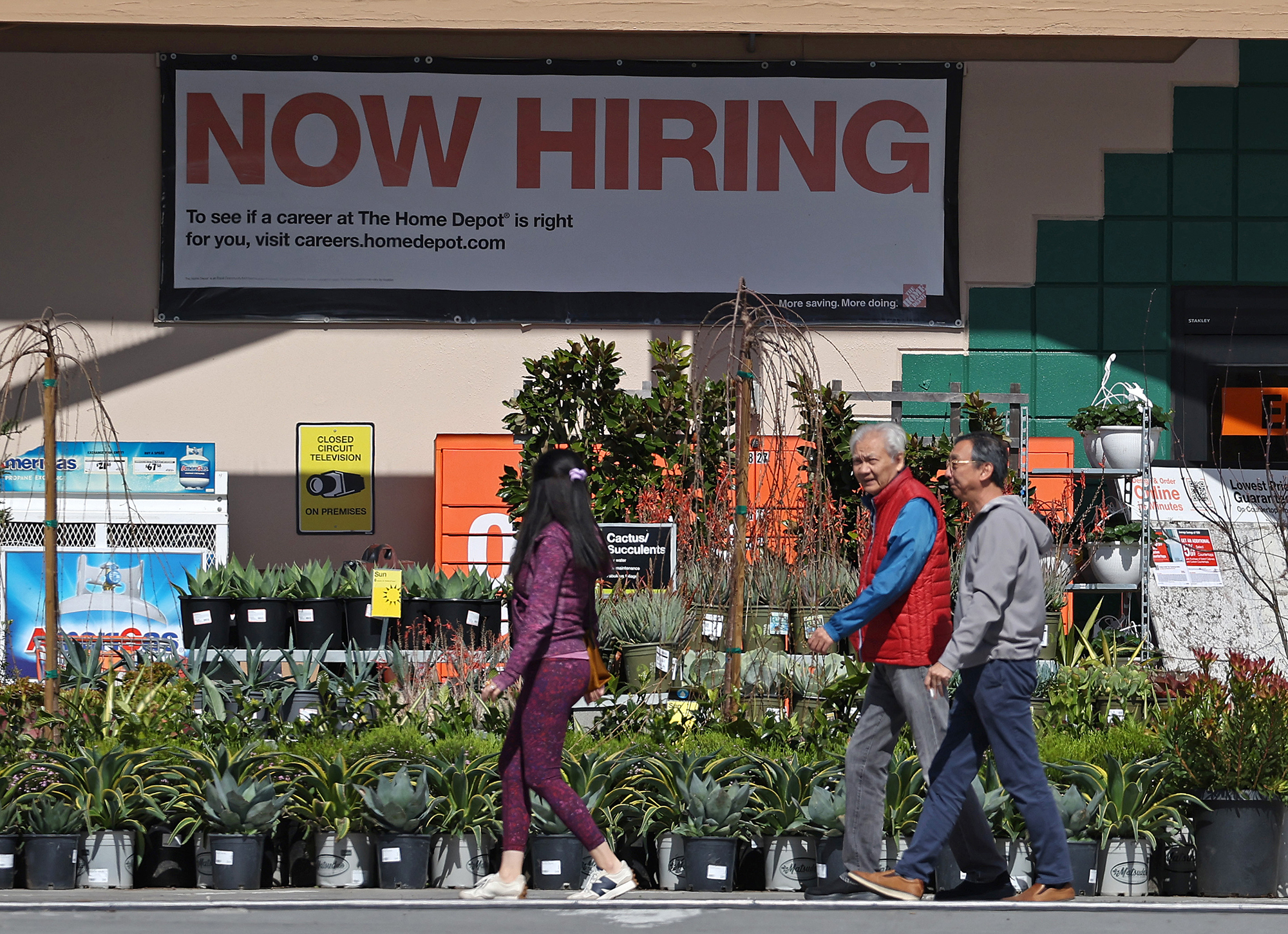In March, American employers continued their streak of robust job creation, adding an impressive 303,000 workers to their payrolls. This surge in employment surpassed economists’ expectations of 200,000 jobs and marked a significant increase from February’s revised figure of 270,000. Despite concerns about high interest rates set by the Federal Reserve, the economy demonstrated resilience, fueled by steady consumer spending, prompting many employers to continue hiring to meet demand.
The latest report from the Labor Department revealed a further decline in the unemployment rate, dropping from 3.9% to 3.8%. This extends the streak of the unemployment rate remaining below 4% for 26 consecutive months, the longest since the 1960s. Additionally, the government revised upwards its estimates of job growth for January and February by a combined 22,000.
Despite fears of inflationary pressures accompanying strong job growth, wage growth remained moderate in March. Average hourly wages increased by 4.1% from a year earlier, the smallest year-over-year rise since mid-2021. However, there was a slight uptick in hourly pay from February to March, rising by 0.3%.

March Job Report: US Economy Adds 303,000 Jobs, Beats Expectations (Credits: CNN)
The state of the economy, particularly regarding inflation and job market performance, is likely to be a focal point as the November presidential election approaches. President Joe Biden highlighted the progress of his economic policies, emphasizing a reduction in inflation and ongoing support for working families.
The economy added 303,000 jobs in March, the largest gain since May of the previous year, contributing to an average monthly job growth of 276,000 so far in 2024, surpassing the robust average of 251,000 in 2023.
Despite a sizable increase in the labor force as people actively sought employment, the unemployment rate decreased, indicating a healthier labor market. Most industries experienced job growth, with significant gains seen in healthcare, private education, leisure and hospitality, and government sectors. Construction companies also added a substantial number of jobs.
The Federal Reserve is closely monitoring economic indicators to determine when to adjust interest rates from their current multi-decade highs. The Fed initiated rate hikes two years ago to combat high inflation, which has since slowed significantly. However, the economy has continued to expand, and employers have sustained hiring despite the higher borrowing costs.























